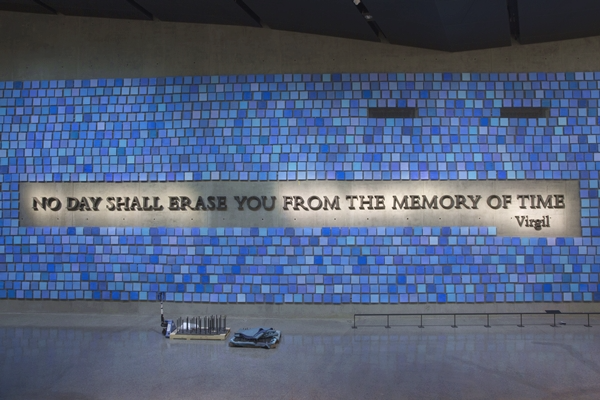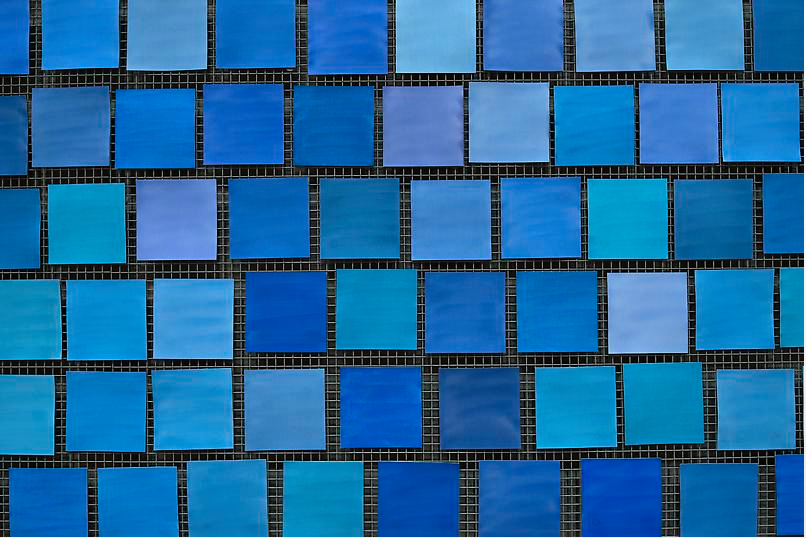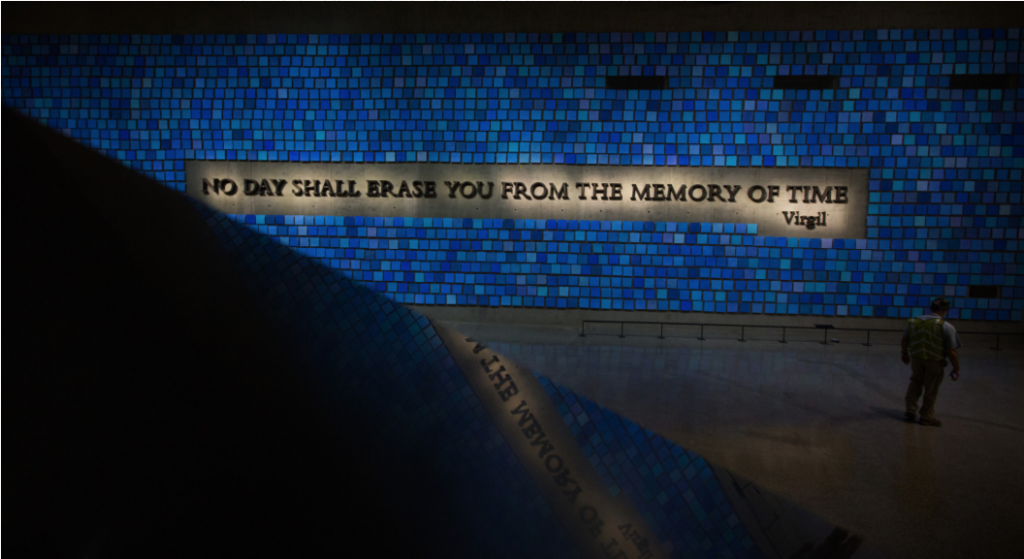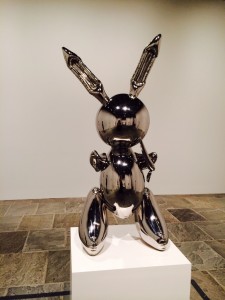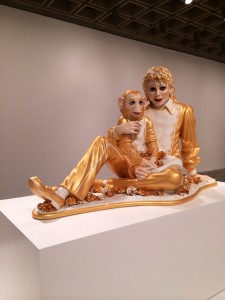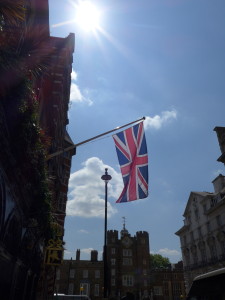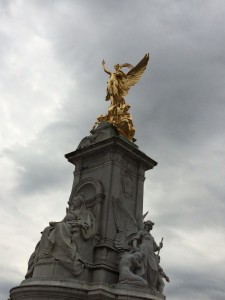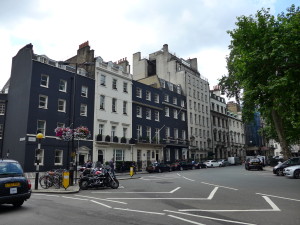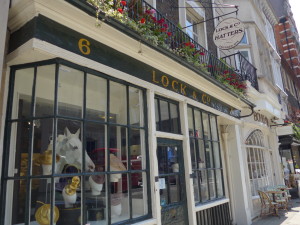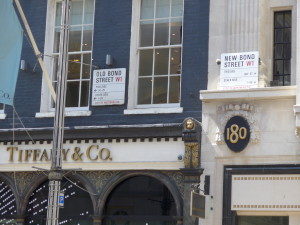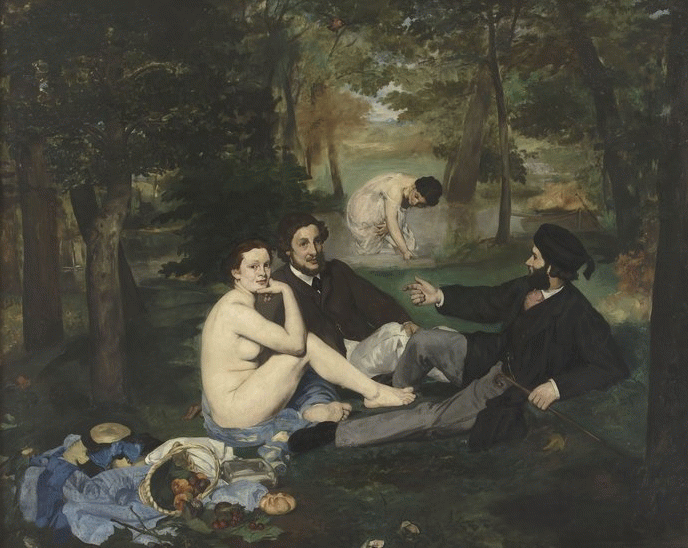Today marks a day forever embedded in our memories. It’s a day we wish we could forget; a day we wish never happened. Nearly 3,000 individuals lost their lives on September 11, 2001, but to the families there may be only one name on that list that, when called out during today’s memorial, causes their deepest 13-year wound to ache anew.
Museums
Spencer Finch and the 9/11 Memorial
September 11, 2014
The Koons Effect
July 23, 2014
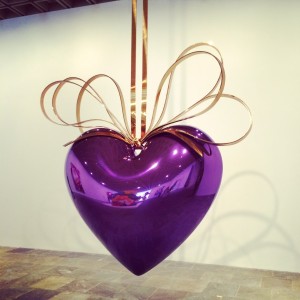 Thirty five years of inflatables, naked ladies, colored mirrors, basketballs, vacuum cleaners, and cartoon animals have gathered together for the first time. The menagerie of sculptures and paintings range from super-sized shiny to blandly ubiquitous, at times cerebral and at other times really in your face. He’s an extrovert who often makes somewhat uncomfortable comments about inflatable toys, like “The sexual power of the imagery was so intoxicating to me visually that I had to have a drink.” We are enchanted by his prolificness, his whimsy, and his celebrity. Collectors and speculators throw gobs of money at him for enormous metal Popeyes, lobsters, and balloon dogs. I’m talking, of course, about Jeff Koons whose first New York retrospective is currently on view at the Whitney Museum of American Art. Jeff Koons: A Retrospective is a celebration of an artist’s uncanny ability to make metal look plastic and Michael Jackson look white.
Thirty five years of inflatables, naked ladies, colored mirrors, basketballs, vacuum cleaners, and cartoon animals have gathered together for the first time. The menagerie of sculptures and paintings range from super-sized shiny to blandly ubiquitous, at times cerebral and at other times really in your face. He’s an extrovert who often makes somewhat uncomfortable comments about inflatable toys, like “The sexual power of the imagery was so intoxicating to me visually that I had to have a drink.” We are enchanted by his prolificness, his whimsy, and his celebrity. Collectors and speculators throw gobs of money at him for enormous metal Popeyes, lobsters, and balloon dogs. I’m talking, of course, about Jeff Koons whose first New York retrospective is currently on view at the Whitney Museum of American Art. Jeff Koons: A Retrospective is a celebration of an artist’s uncanny ability to make metal look plastic and Michael Jackson look white.
Postcards from London
July 1, 2014
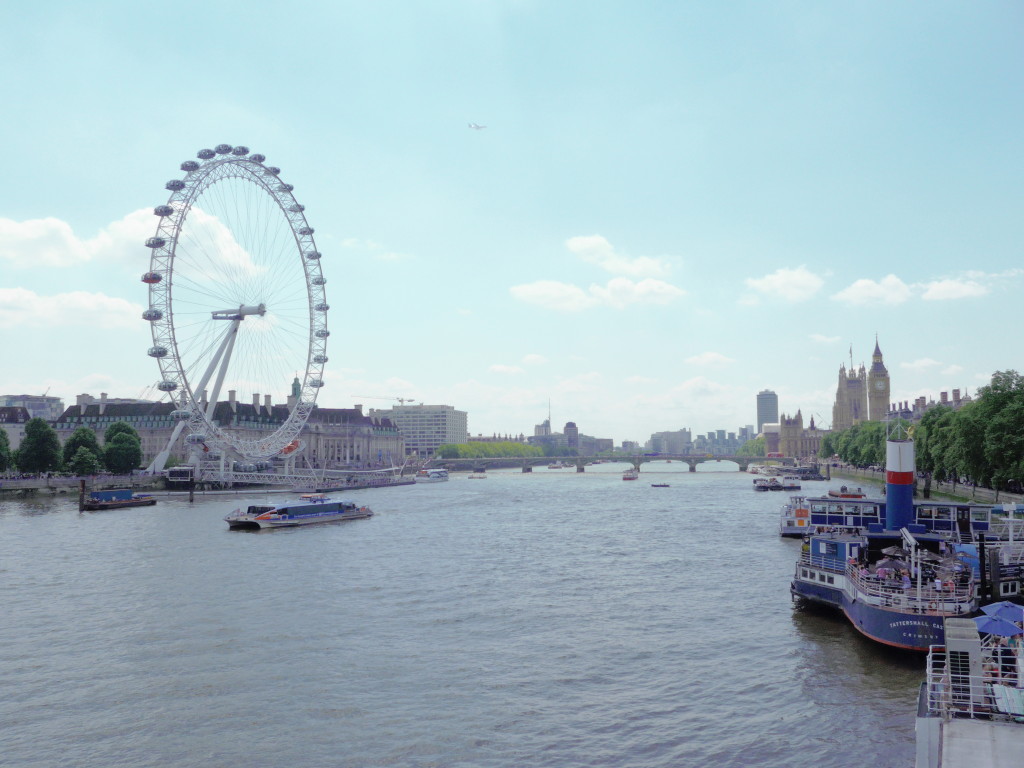 I jumped the pond for a few days and tackled as many exhibitions as my jet-lagged brain would allow. There’s really much too much to see in London in three days but I gave it a valiant effort. The highlight of my trip was Bridget Riley The Stripe Paintings 1961-2014 at David Zwirner, the Henri Matisse Cut Out exhibition at the Tate Modern, Adrian Ghenie’s Darwin Room at Pace London, early Jim Hodges at Stephen Friedman, and BANKSY at Sotheby’s. And I thoroughly enjoyed wandering around the lovely little Mayfair shops and pubs and enjoying all of the old-world charm London has to offer. Including a few pints of Guinness.
I jumped the pond for a few days and tackled as many exhibitions as my jet-lagged brain would allow. There’s really much too much to see in London in three days but I gave it a valiant effort. The highlight of my trip was Bridget Riley The Stripe Paintings 1961-2014 at David Zwirner, the Henri Matisse Cut Out exhibition at the Tate Modern, Adrian Ghenie’s Darwin Room at Pace London, early Jim Hodges at Stephen Friedman, and BANKSY at Sotheby’s. And I thoroughly enjoyed wandering around the lovely little Mayfair shops and pubs and enjoying all of the old-world charm London has to offer. Including a few pints of Guinness.
Do the Polke
June 10, 2014
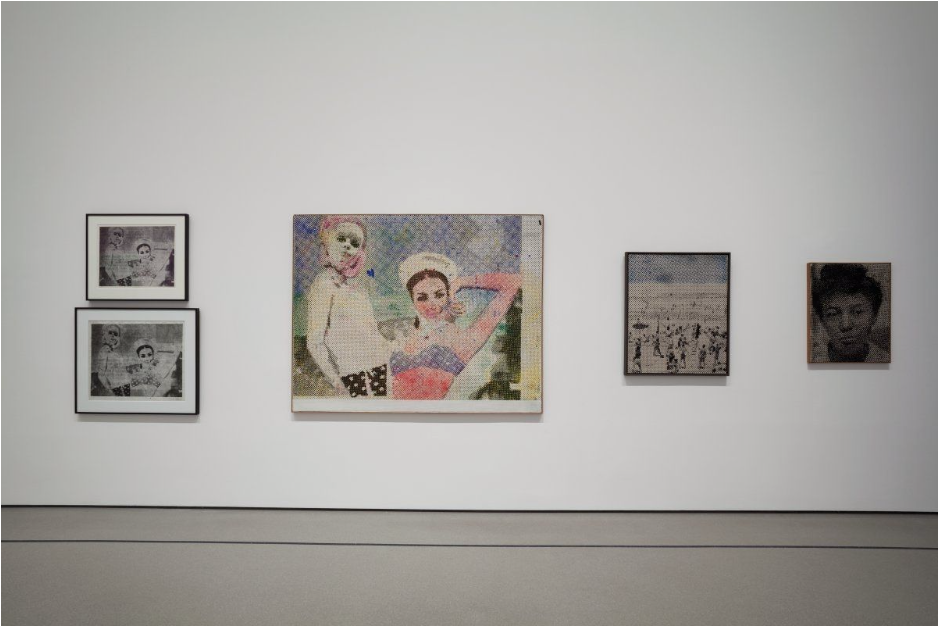
- © 2014 The Museum of Modern Art. Photo: Jonathan Muzikar. All works by Sigmar Polke © 2014 The Estate of Sigmar Polke/Artists Rights Society (ARS) New York/VG Bild-Kunst, Bonn, Germany
Stoned or sober, Sigmar Polke: Alibis 1963-2010 at MoMA is a trip. But one worth taking. (And, for the record, I was sober.) His talent lies in his unselfconscious exploration of just about every medium available to an artist – painting, printmaking, video, performance, photography, sculpture, etc. By dabbling in a little bit of everything, Polke’s oeuvre evades market categorization and continues to keep us all guessing. The curators of MoMA had their hands full when organizing this retrospective and (smartly) opted to install the show chronologically. So I jotted some notes as I followed their timeline of Sigmar Polke’s career:
The most Pop-y of Polke’s works are those from the mid-1960s, such as the painting Girlfriends, 1965/1966 (above). Taking an image from an advertisement, Polke mimics and caricaturizes the commercial printing process of using small ben day dots of color to create a picture. By hand, he enlarges and exaggerates these dots just enough to blur the image and reveal irregularities that occur in this mechanical process. Like the work of fellow German Gerhard Richter, his is an effort to expose the dissemination of mass culture as a halftone half-truth, an illusion constructed to make people want for an ideal or a lifestyle or a product as they entered a new modern, post-war, era. These ‘Polke-dots’ crop up in other paintings and prints the artist made in the 60s and 70s, becoming one of very few unifying themes of his artistic style.
TEXAS
April 24, 2014
Although I live in New York, Fort Worth is and will always be my home. And spring is, by far, my favorite season in Texas. The weather is warm and sunny, not yet unbearably hot, and the landscape is in full bloom. Perfect time to check out the incredible architecture and contemporary art in the lovely museum district.
Ours is no amateur run-of-the-mill art district. The world class artists and architects placed within one city block of Fort Worth will impress even the most jaded museumgoer. Like they say, “Everything is Bigger in Texas.” Especially the Richard Serra‘s.
Musings on Manet
April 16, 2014
I inaugurate this endeavor with a note on the artist who, in my humble opinion, revolutionized our ideas of art. Or, rather, what art can be.
The renegade Edouard Manet: a classically trained painter who used the Academic modus operandi to then challenge its very authority. His paintings are not only beautifully rendered; they represent a crucial turning point in art history. My passion for contemporary art begins with Manet’s Le dejeuner sur l’herbe, 1863. Actually, I adore everything Manet painted but if I must pick a favorite it is certainly this iconic luncheon on the grass; an image that had the power to shock, question, contradict, and transfix. Le dejeuner sur l’herbe was rejected from the Salon in 1863 as the jury found that a nude figure within a landscape (brazenly gazing straight at them!) was much too scandalous. Now, the work hangs with pride in the galleries of the Musée D’Orsay in Paris and appears in every art history textbook.
Manet was one of the greatest rule-breakers contemporary art has known. His paintings weren’t about history or allegory or portraiture or landscape; they were about painting. He blurred the lines between the Academic hierarchies and focused on light, color, form. Because of him, Impressionism happened. Expressionism happened. Dada happened. Marcel Duchamp set a urinal atop a pedestal. Everything changed in terms of what it meant to be an artist.
